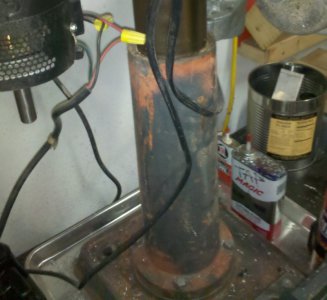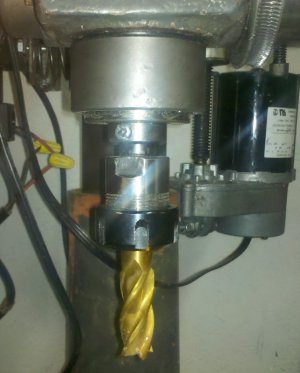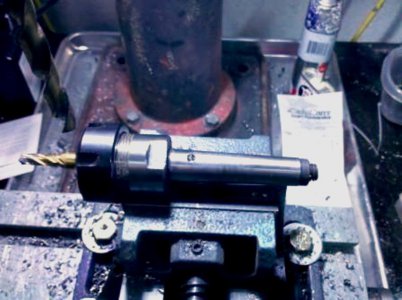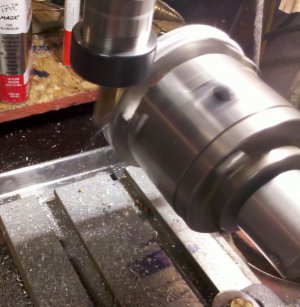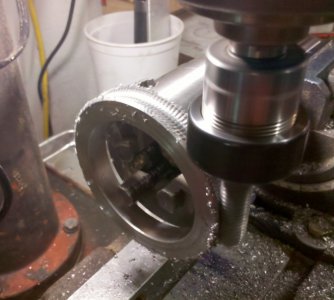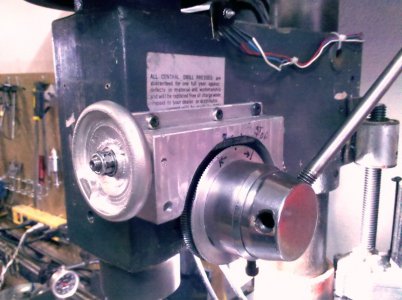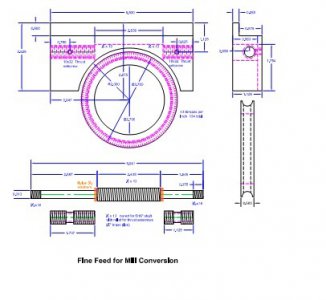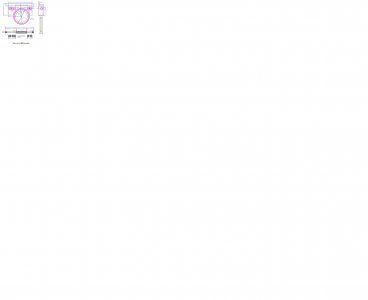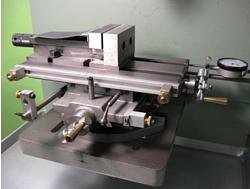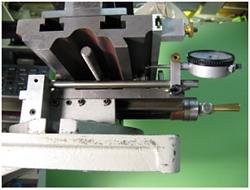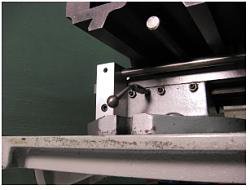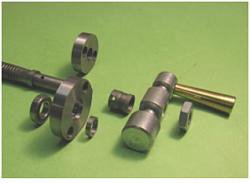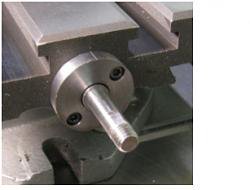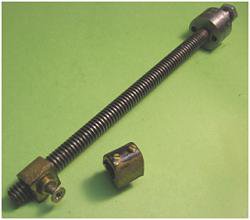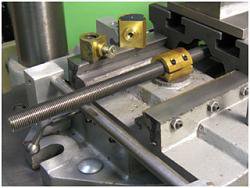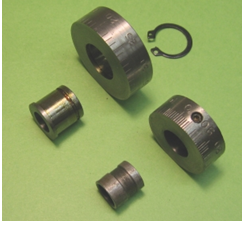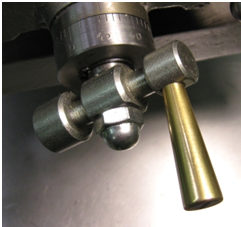- Joined
- Jan 15, 2013
- Messages
- 171
I have converted several drill presses to functional drill mills over the years, I am part way through the conversion of one I started this fall and I thought i would share the process here. I have had trouble getting pictures to post but i think i do have it resolved I have posted in an album some pictures that go with this project. Below is a general posting that i put up in another thread.
I have successfully converted multiple drill presses to mills. There are a few things that MUST be addressed.
[FONT=&]
[/FONT]
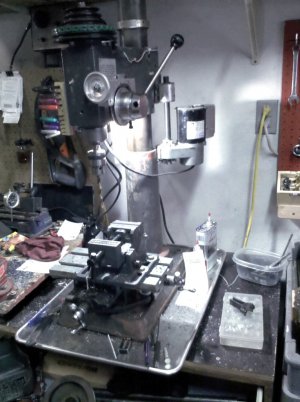
I have successfully converted multiple drill presses to mills. There are a few things that MUST be addressed.
[*=left]Replace the lower spindle bearing with a angular contact double row bearing of the 520x series is what I use. This resolves the side thrust issue on the bearing.
[*=left]I go to a ER25 or 30 series collet systems with the proper Morse taper and either use a draw bar or a lockpin to retain the taper.
[*=left]I have found that the table on the drill press isn't ridged enough for mill work, this won't be an issue if the table is rigidly mounted on ways. Most drill presses mount the table on the column and the end result isn't rigid enough. I cut the total height down, remount the head using a gib to make the head more rigid on the column I also gib the spindle to remove the excess slack in the spindle. I then mount the x y table directly to the base. If i can't find an older American cast 6x 12 or 18 x-y table I upgrade the bearings and tighten the scroll nut to remove as much backlash as possible from the lead screws.
[*=left]some method of locking the spindle, I use the center point setscrew on the added gib if there is room for it.
[*=left]The items below are nice but not absolutely necessary
[*=left]A fine feed on the Z access is pretty hard to do without, I cast mine out of aluminum and use brass bearings for thrust adjustment for the fine feed, It is also designed to put aadd stepper motor for CNC if desired. I also go to external springs on the spindle to remove the play between the spindle and the z axis drive as the return spring on a drill press leaves down backlash on the spindle.
[*=left]I go to a high end 1.75 to 3 hp treadmill motor (the ones that are rated at 4000 rpm or less) these will deliver a sold 3/4 to 1.5 hp in the operating range that they will be used on the mill. I normally limit the spindle speed to nothing higher then 3500 rpm and use a 3 or 4 step reduction pulley set. They will power tap and handle 3" face mill.
[*=left]I normally will also set them up with a DRO
[*=left]I use a z axes drive ( the angle motor off of a treadmill) to raise and lower the head on the column and also use a 1/2 or 5/8 auxiliary shaft to retain alignment on the column.
[FONT=&]
[/FONT]



